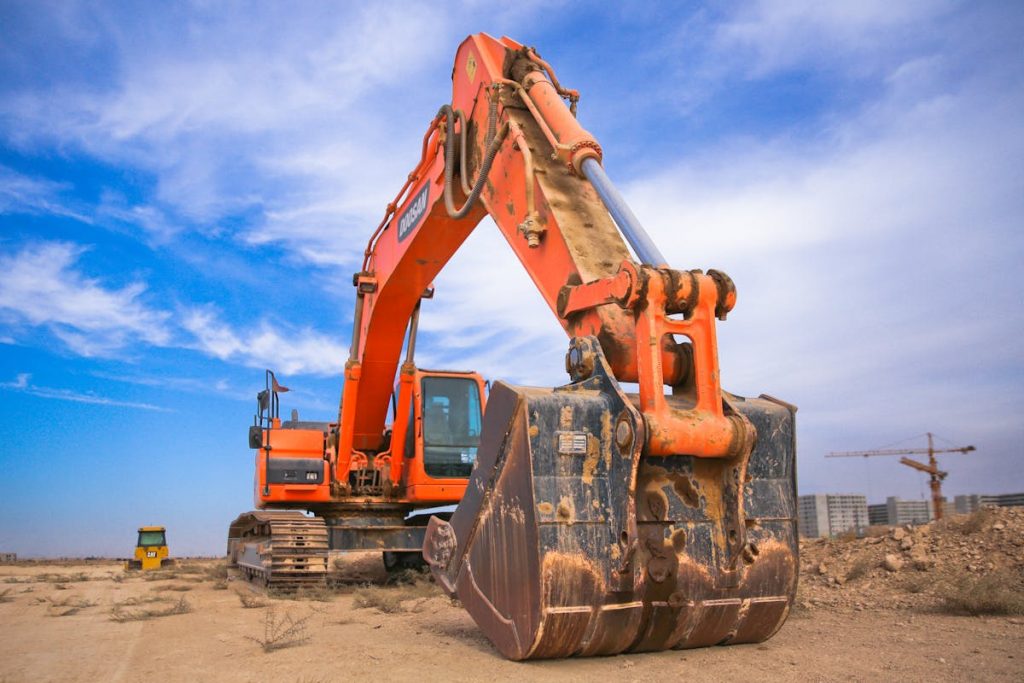- Construction firms face rising costs due to increased material prices; bulk purchases and alternative materials can help.
- Renting or buying used equipment like work trucks can significantly reduce capital expenditure and maintenance costs.
- Labor shortages prompt higher wages; partnerships with trade schools and internal training programs can mitigate this issue.
- Efficient project management and robust safety compliance are crucial to prevent costly delays and legal issues.
Running a construction firm can be a rewarding and profitable venture, but it also comes with its fair share of challenges. From rising material costs to labor shortages, there are many factors that can drive up expenses and eat into your profits. This blog will discuss expensive challenges faced by construction firms and provide tips on how to save money and increase your bottom line.
Rising Material Costs
One of the biggest challenges facing construction firms today is the ever-increasing cost of materials. From lumber to steel, prices continue to rise, putting a strain on budgets. To combat this challenge, consider buying materials in bulk or forming partnerships with suppliers for better pricing. You can also explore alternative materials that may be more cost-effective without sacrificing quality.

Purchasing Equipment
Construction projects require a variety of equipment, from excavators to bulldozers. However, purchasing and maintaining this heavy machinery can be a significant expense for construction firms. To save money, consider renting or leasing equipment instead of buying it outright.
You can also purchase used equipment that is still in good condition and comes at a lower price. For example, purchasing used work trucks for sale can save you thousands of dollars compared to buying brand-new ones. Just make sure you purchase used work trucks from reputable dealers and thoroughly inspect them before making a purchase.
Labor Shortages
Another common challenge in the construction industry is finding skilled laborers to complete projects on time and within budget. This shortage can lead to higher wages and increased overtime pay, driving up costs significantly. To address this issue, consider investing in training programs for existing employees or partnering with local trade schools to recruit new talent. You can also streamline processes and use technology to improve efficiency and reduce the need for additional manpower.
Delays and Disruptions
Delays and disruptions are almost inevitable in the construction industry, whether due to weather conditions, permit issues, or other unforeseen circumstances. These setbacks can result in costly project overruns and strained client relationships.
To minimize the impact of delays, create contingency plans for each project and build buffer time into your schedules. Communicate regularly with clients about potential delays and work proactively to find solutions before they become bigger problems.
Inefficient Project Management
Poor project management practices can lead to wasted time, resources, and money for construction firms. Without effective planning, communication, and oversight, projects can quickly spiral out of control, resulting in missed deadlines and budget overages.
To improve project management efficiency, consider implementing software tools that streamline communication between team members, track progress in real time, and automate repetitive tasks. By optimizing your workflows and processes, you can save time and money while delivering projects more effectively.

Safety Compliance
Ensuring a safe work environment is not only essential for protecting your employees but also for avoiding costly fines and legal fees associated with safety violations. Here are four key areas to focus on for safety compliance in the construction industry:
Regular Training and Education for Employees
Properly trained employees are more likely to follow safety protocols and avoid accidents. Provide regular training on topics such as hazard identification, proper equipment usage, and emergency response procedures.
Conduct Regular Safety Inspections
Regular inspections of job sites can help identify potential hazards and ensure that safety protocols are being followed. Make sure to document these inspections and address any issues promptly.
Enforce Personal Protective Equipment (PPE) Usage
Require all employees to wear appropriate PPE, such as hard hats, safety glasses, and high visibility vests, while on the job site. Regularly check that PPE is being used correctly and provide replacements as needed.
Stay Updated on Safety Regulations
The construction industry is subject to constantly evolving safety regulations. Staying updated on these regulations and making sure your company is in compliance can save you from costly fines and legal fees.
By prioritizing safety compliance, you not only protect your employees but also improve your project management efficiency by avoiding delays and budget overages due to accidents or safety violations. Investing time and resources into creating a safe work environment will ultimately benefit your bottom line and reputation as a responsible and ethical construction company.
Running a construction firm involves navigating challenges like rising material costs, equipment expenses, labor shortages, and project management inefficiencies. Strategies like forming supplier partnerships, using rental and second-hand equipment, investing in employee training, and leveraging technology for project oversight can boost efficiency and profitability. Prioritizing safety compliance protects the workforce and prevents financial penalties. Adopting these strategies helps firms overcome obstacles and succeed in a competitive industry.

